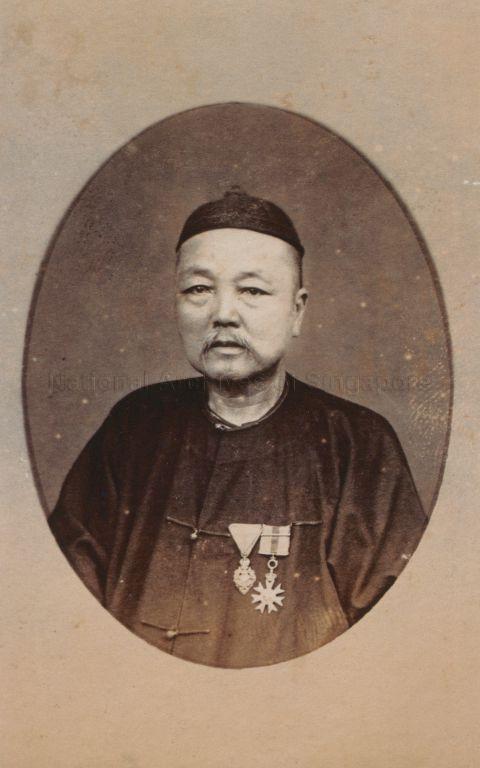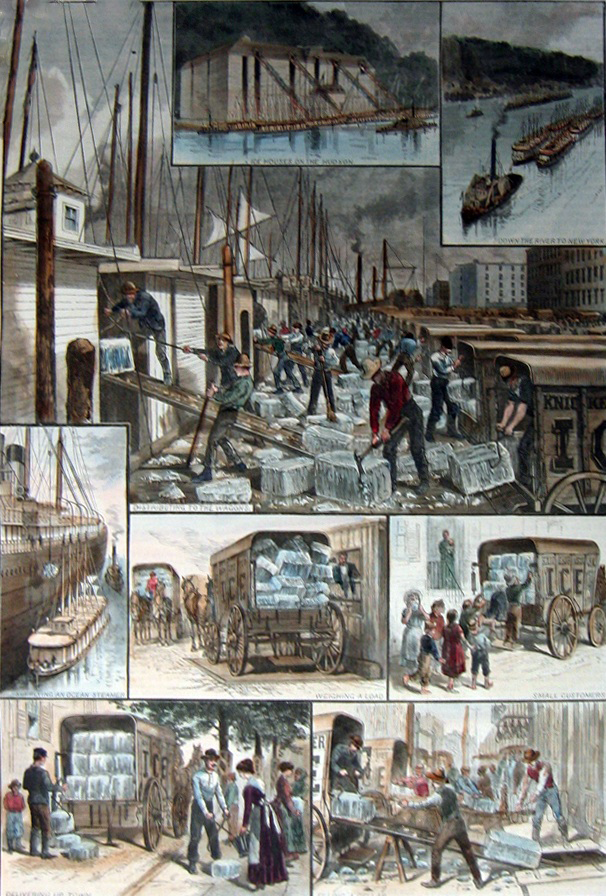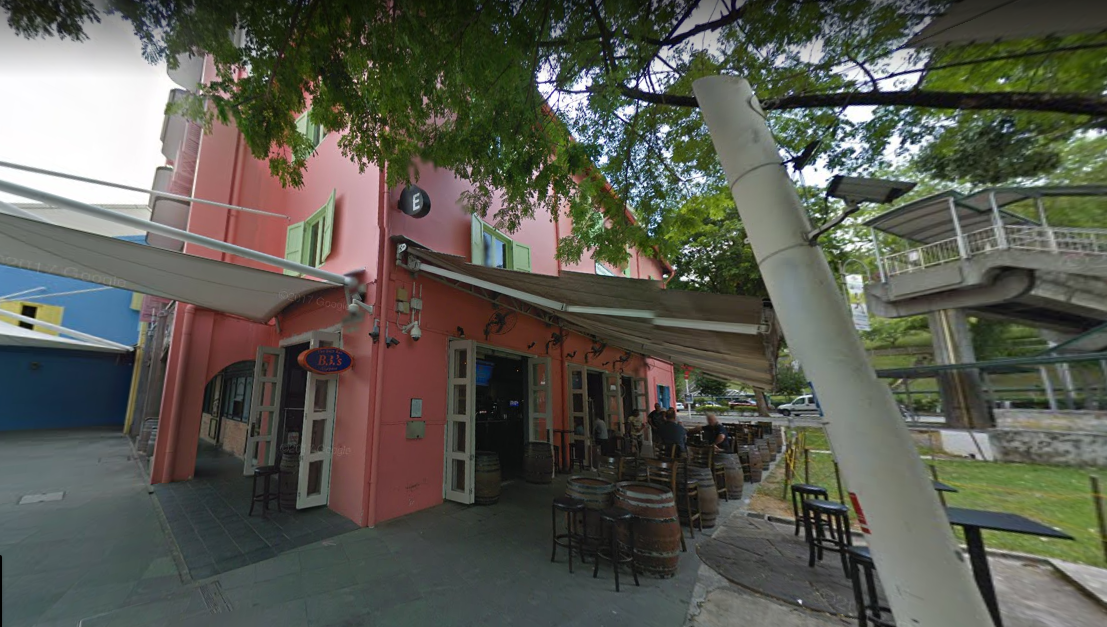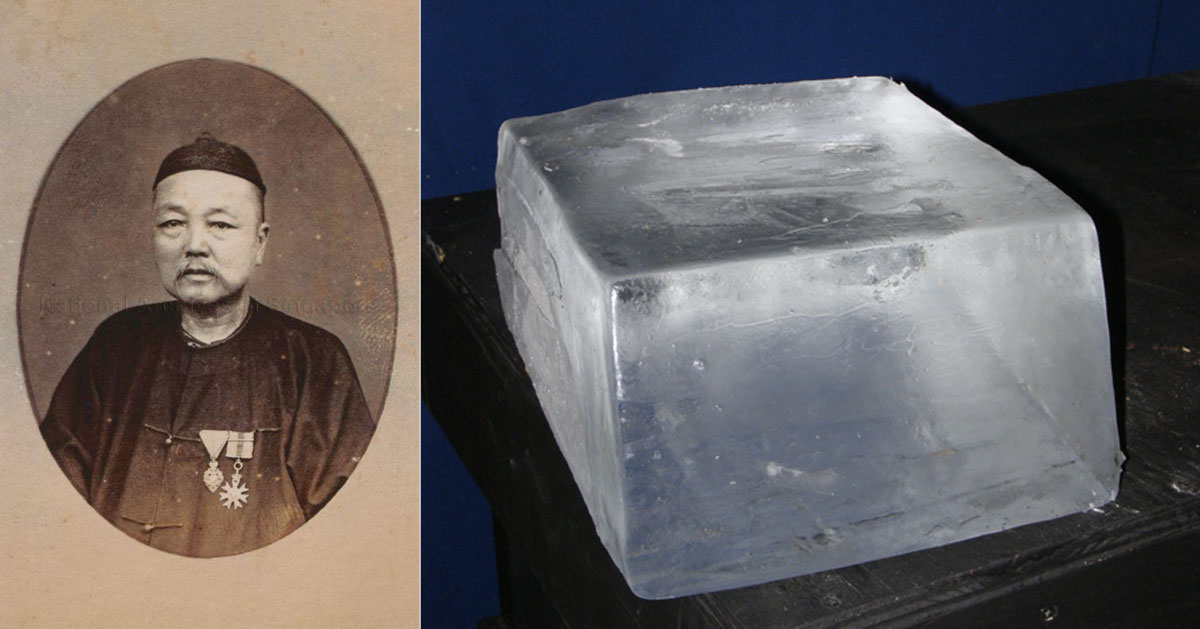"What's cooler than being cool?"
If you replied "Ice Cold!" like a mindless drone just because Outkast made you, maybe next time try shouting "Whampoa Hoo Ah Kay!".
Who is Whampoa?
If that name rings a faint bell, it is because you are vaguely familiar with Whampoa the estate.
Whampoa Hoo Ah Kay, the person, was originally a prominent Chinese businessman and early pioneer of Singapore.
His named, Whampoa, was derived from his land of origin, Huangpo in Guangdong, China.
 Whampoa Hoo Ah Kay in 1881 via National Archives of Singapore
Whampoa Hoo Ah Kay in 1881 via National Archives of Singapore
And he was importing ice into colonial Singapore in 1854.
He dabbled in the ice trade by bringing the commodity here under his company, Whampoa & Co.
And most surprisingly, the ice that made its way halfway around the world to the equatorial region taking weeks to arrive from America, didn't melt.
 Ice trade around New York City via Wikipedia.
Ice trade around New York City via Wikipedia.
Ice a commodity
Largely taken for granted these days, ice was a commodity in the 19th century.
It was traded globally, thanks to an American businessman, Frederic Tudor.
Tudor started the ice trade in 1806 -- 13 years before modern Singapore was founded by Stamford Raffles.
Tudor harvested ice by cutting them up from frozen lakes in America, before exporting them for sale.
The global ice trade flourished, despite a lack of refrigeration technology.
Ice was bought and used by people for various reasons, ranging from chilling drinks to showing it off as a status symbol for the rich.
Whampoa's Ice House at Clarke Quay
Whampoa’s Ice House at Clarke Quay was a landmark of sorts in those days, with its Victorian wrought-iron balustrades.
[caption id="" align="aligncenter" width="593"] The area in Clarke Quay where Whampoa's Ice House stood. Source: Pinterest[/caption]
The area in Clarke Quay where Whampoa's Ice House stood. Source: Pinterest[/caption]
[caption id="" align="aligncenter" width="675"] Present day replica of Whampoa's Ice House at Clarke Quay. Source: Pinterest[/caption]
Present day replica of Whampoa's Ice House at Clarke Quay. Source: Pinterest[/caption]
 Present day replica of Whampoa's Ice House at Clarke Quay. Screenshot from Google Street View.
Present day replica of Whampoa's Ice House at Clarke Quay. Screenshot from Google Street View.
Ice did not melt when shipped from America to Singapore
For ice to be shipped from America to Singapore would have taken weeks.
The solution?
Using copious amounts of sawdust as insulation since air-conditioning had not been invented yet in the mid-1800s.
Large blocks of ice were covered with sawdust, which insulated the blocks from the surrounding heat, and slowed down the melting process.
In Whampoa’s Ice House, the ice blocks would’ve have been stored with generous amounts of sawdust covering them.
Ice business failed
Unfortunately, and perhaps not surprisingly for Whampoa, his ice business didn’t fare very well.
He only managed to sell 400 to 500 pounds of ice a day (approximately 180kg to 230kg), which was way short of the 1,000 pounds (approximately 450kg) required to break even.
This led his short-lived ice business to fold in 1856, two years after it began.
[caption id="" align="aligncenter" width="480"] Image via[/caption]
History of refrigeration
Early refrigeration technology dates all way the back to the 1750s.
But the technology was cumbersome and hardly practical in those days.
The technology progressed slowly over the years, and while the first commercial ice-making machine was invented in 1854, it was only 59 years later in 1913 that the first home refrigerator was invented.
 #SG200 is not a celebration. It's a commemoration. What's the difference? Click the logo. Maybe these articles might help.
#SG200 is not a celebration. It's a commemoration. What's the difference? Click the logo. Maybe these articles might help.
If you like what you read, follow us on Facebook, Instagram, Twitter and Telegram to get the latest updates.
